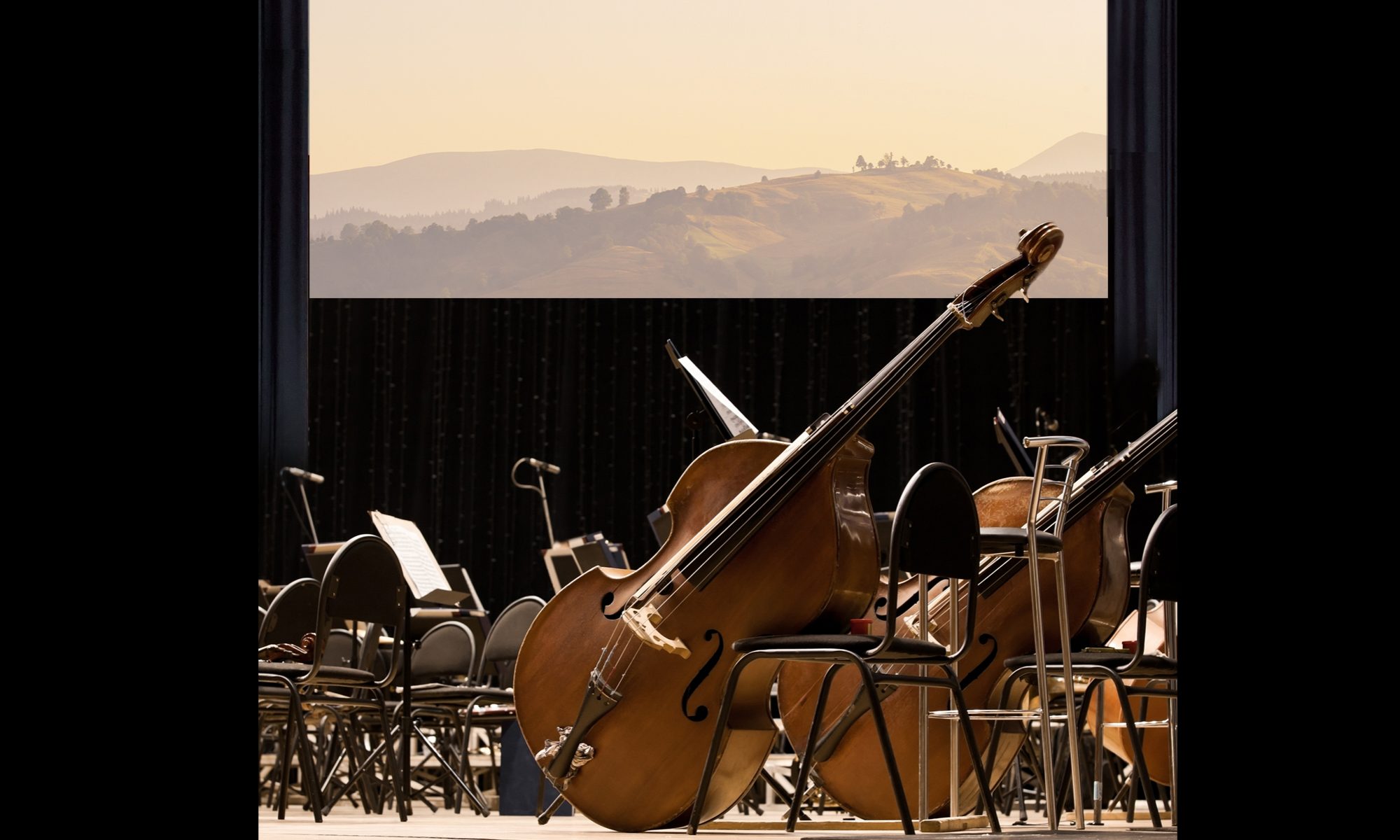“If you want to achieve a creative, professionally consistent and highly emotional work, I can affirm that Lluís Vergés’ book will help you a lot to achieve this goal”.
Joan Albert Amargós
The soundtrack is a fundamental element in any short or long audiovisual production. Since the birth of cinema, music has been used as a primary basis for the expression of emotions that text alone could not communicate. Today’s soundtrack composer must be familiar with this language which, although it obeys certain conventions and is not alien to different fashions, requires at the same time a wealth of melodic, harmonic and orchestral resources.
Lluís Vergés publishes his second book Composición y orquestación para bandas sonoras (Film Scoring) in which he exhaustively covers the necessary procedures to create instrumental music for the audiovisual genre.
At a time when “midi” technology has so much weight in all musical disciplines, the author advocates offering a real knowledge of the orchestra and its techniques, which is essential to give verisimilitude and emotionality to any passage. This book provides all kinds of solutions for the creation of music that requires a high level of technical knowledge and creativity conditioned by the dramatisation of an image.
More than 700 musical examples in score selected from over 100 film and classical repertoire works

Orchestral charts

More than 500 online audios
Contents
Prologue
Preface
Study recommendations
About the musical examples
Note
Chapter I. Composition materials
1. Melodic materials
2. The melodic curve
3. Melody and harmony
4. Harmonic materials
Chapter II. Basic techniques
1. Harmonics
2. Three-voice technique
3. Harmonic supports (“spread”)
4. Thumb technique
5. Harmonic omissions
6. Upper structures
7. Adiatonic chords
8. Parallel harmony
9. Harmonic pedal technique
Chapter III. Orchestral textures
1. Textures
2. Orchestral blocks
3. «Tutti»
4. Accompaniments
5. Colour textures
6. Combination of textures
7. Orchestral plans
8. “Welding”
9. Links
10. Finals
11. Orchestral problems
Chapter IV. Orchestration by sections
1. Strings
2. Wood
3. Metals
4. Percussion
5. Other symphonic instruments
Chapter V. Analysis (reference works)
1. Analysis
2. Reference works
Chapter VI. Music and drama
1. Harmony and drama
2. Orchestration and drama
3. Final orchestration
Conclusion
About the author
Index of films / works
Index of composers
Instrumental abbreviations





